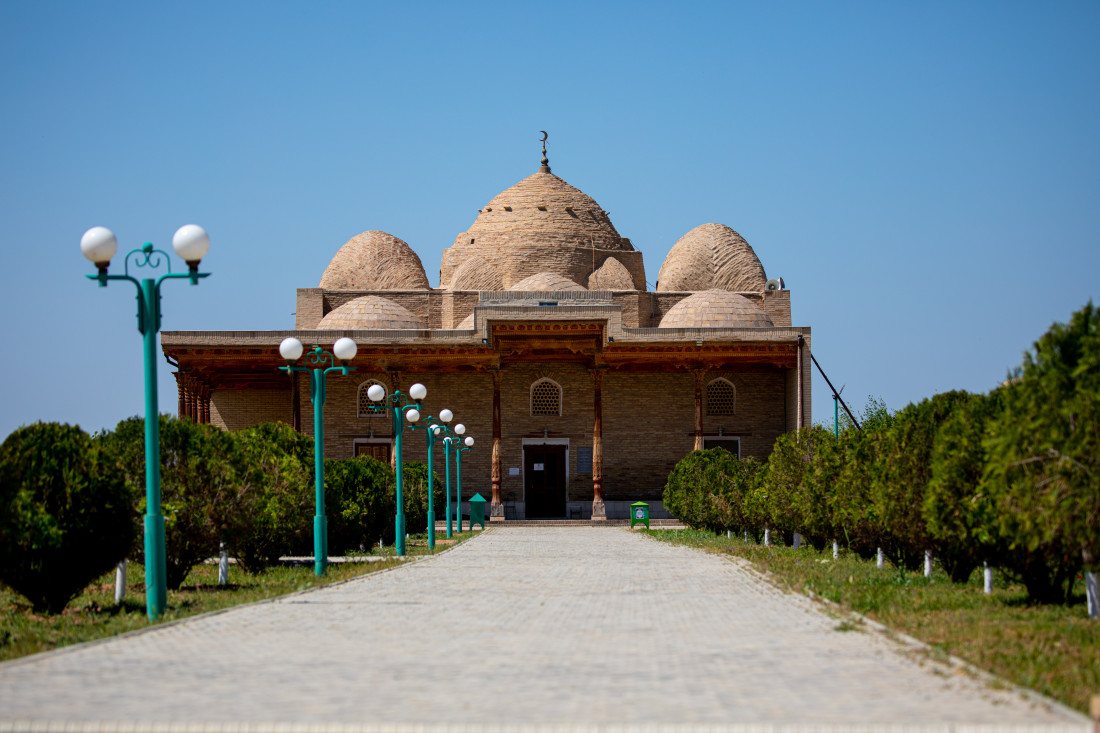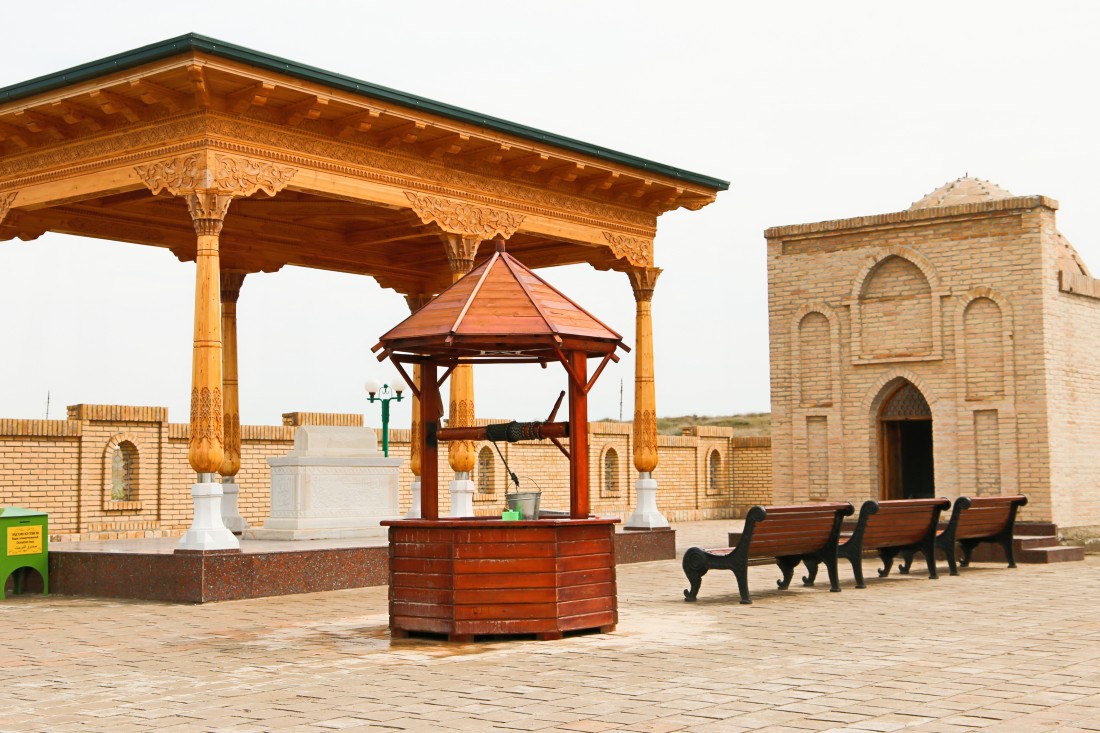The mosque of Deggaron is located in the Karman district of the Navoi region, in the village of Khazar and is an architectural masterpiece of Uzbekistan. There is no exact information about the time of construction of the mosque, but according to the conducted research, it is assumed that the building was erected at the end of the 11th century or, possibly, at the beginning of the 12th century.

The mosque was discovered and explored in 1946 during the Penjikent expedition led by the historian-orientalist A.Yu. Yakubovsky. The name of the mosque "Deggaron" means "potter", this name is associated with pottery, which flourished in the Middle Ages in this area.
During the expedition, it was found that the ancient mosque was erected on the site of an earlier one, and the remains of the ruins of an ancient settlement were also found around the structure. Perhaps, in antiquity, this mosque can be compared with another work of ancient architecture - the Magoki-Attari mosque, built in the 12th century in Bukhara.
According to its architectural style, the mosque is considered unique in its kind. This style of construction was not characteristic of Islamic architecture, it is more typical of buildings of the pre-Islamic period, during the time of Zoroastrian culture, it is also possible that a Buddhist temple was located here earlier. In addition, similar structures were also characteristic of early Christian churches, with a domed system in the center and supported by four supporting pillars.
To date, the Deggaron Mosque continues to function, and it is part of the architectural and historical complex. The complex also includes a museum, khanaka and the mausoleum of Sheikh Mavlono Orif Deggaroni. According to legend, Mavlono Orif Deggaroni possessed supernatural powers, could heal the terminally ill and perform miracles. Once, during heavy rains, the river overflowed, the inhabitants of the village ran out of their houses with pleas for help. And then the miracle worker went to the edge of the river and, turning to the power of nature, said: “If you can, leave our places. What use is it to you to destroy the dwellings of these people? At that very moment the rain stopped and the flow of water stopped. It is also known that the miracle worker read the Friday morning prayer in the mosque of Deggaron. For thirty years, the soothsayer was looking for himself, he performed the holy hajj and was one of the mentors of Bahauddin Nakshbandi.
 Recently, the mosque of Deggaron was restored and is a contender for inclusion in the UNESCO World Cultural Heritage List. At the moment, preparatory work is underway to study the historical complex by specialists from the Institute for Central Asian Studies.
Recently, the mosque of Deggaron was restored and is a contender for inclusion in the UNESCO World Cultural Heritage List. At the moment, preparatory work is underway to study the historical complex by specialists from the Institute for Central Asian Studies.
Comment